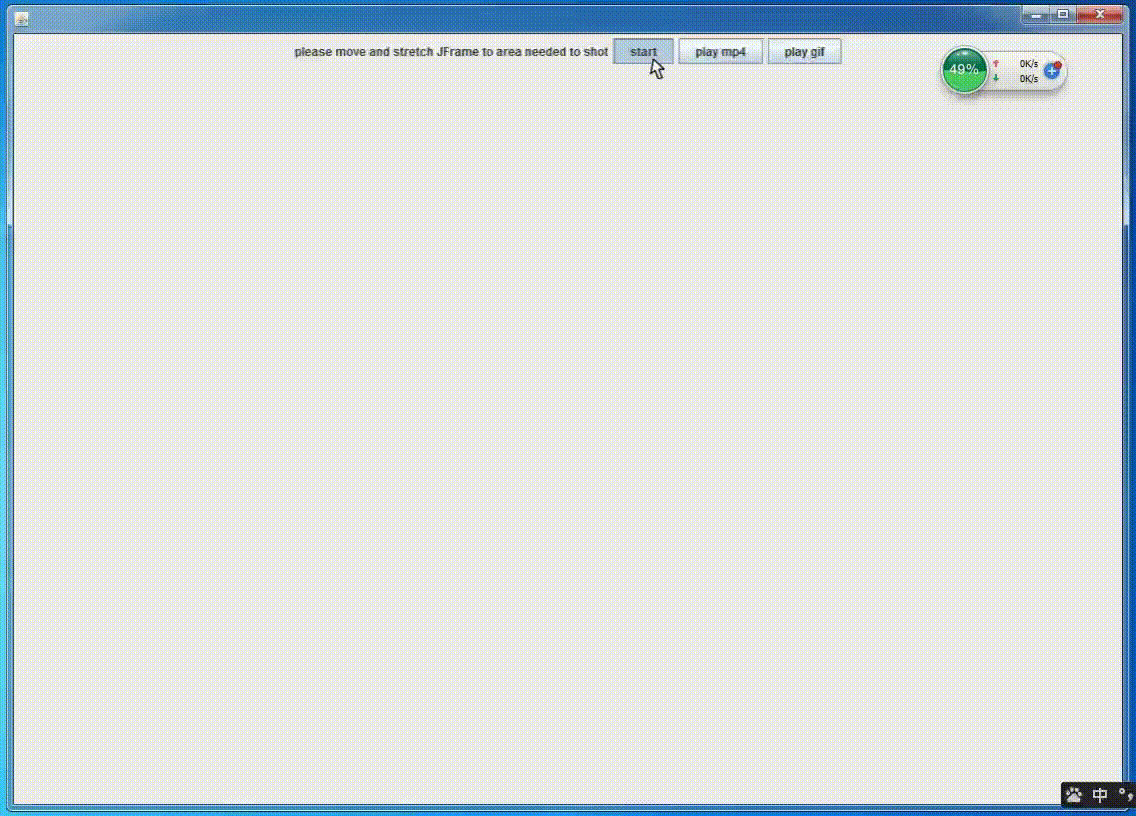一、单例的作用
顾名思义,单例,即是在整个项目中,这个类的对象只能被初始化一次。它的这种特性,可以广泛应用于某些需要全局共享的资源中,比如管理类,引擎类,也可以通过单例来实现传值。UIApplication、NSUserDefaults等都是IOS中的系统单例。
二、单例模式的两种写法
1,常用写法
?
|
1
2
3
4
5
6
7
8
9
10
11
12
13
|
#import "LGManagerCenter.h"
static LGManagerCenter *managerCenter;
@implementation LGManagerCenter
+(LGManagerCenter *)sharedManager{
if(!managerCenter)
managerCenter=[[self allocWithZone:NULL] init];
return managerCenter;
}
@end
|
2,用GCD创建单例类
?
|
1
2
3
4
5
6
7
8
9
10
11
12
13
14
15
16
|
#import "LGManagerCenter.h"
@implementation LGManagerCenter
+(LGManagerCenter *)sharedManager{
static dispatch_once_t predicate;
static LGManagerCenter * managerCenter;
dispatch_once(&predicate, ^{
managerCenter=[[LGManagerCenter alloc] init];
});
return managerCenter;
}
@end
|
其中dispatch_once函数只执行一次。
三、代码的优化
通过上面的方法,我们已经可以使用类方法来得到这个单例,但很多时候,项目的工程量很大,还有可能会很多开发者同时参与一个项目的开发,为了安全与管理代码的方便,也为了给不是这个单例的创作者但会用到这个单例的开发人员一些提示,我们通常会重写一些方法:
首先我们自己实现一个alloc方法:
?
|
1
2
3
|
+(instancetype)myAlloc{
return [super allocWithZone:nil];
}
|
将我们的单例实现方法略作修改:
?
|
1
2
3
4
5
6
7
|
+(ZYHPayManager *)sharedMamager{
static ZYHPayManager * manager;
if (manager==nil) {
manager=[[ZYHPayManager myAlloc]init];
}
return manager;
}
|
将一些视图实例化对象的方法重写:
?
|
1
2
3
4
5
6
7
8
9
10
11
12
13
14
|
+(instancetype)alloc{
NSAssert(0, @"这是一个单例对象,请使用+(ZYHPayManager *)sharedMamager方法");
return nil;
}
+(instancetype)allocWithZone:(struct _NSZone *)zone{
return [self alloc];
}
-(id)copy{
NSLog(@"这是一个单例对象,copy将不起任何作用");
return self;
}
+(instancetype)new{
return [self alloc];
}
|
注意:这里的alloc使用了断言,让任何视图通过alloc创建对象的程序段断在此处,给程序员提示。copy方法这里只是简单的返回了原对象,并未做任何处理,打印信息给程序员提示。
相关文章
猜你喜欢
- 个人服务器网站搭建:如何选择合适的服务器提供商? 2025-06-10
- ASP.NET自助建站系统中如何实现多语言支持? 2025-06-10
- 64M VPS建站:如何选择最适合的网站建设平台? 2025-06-10
- ASP.NET本地开发时常见的配置错误及解决方法? 2025-06-10
- ASP.NET自助建站系统的数据库备份与恢复操作指南 2025-06-10
TA的动态
- 2025-07-10 怎样使用阿里云的安全工具进行服务器漏洞扫描和修复?
- 2025-07-10 怎样使用命令行工具优化Linux云服务器的Ping性能?
- 2025-07-10 怎样使用Xshell连接华为云服务器,实现高效远程管理?
- 2025-07-10 怎样利用云服务器D盘搭建稳定、高效的网站托管环境?
- 2025-07-10 怎样使用阿里云的安全组功能来增强服务器防火墙的安全性?
快网idc优惠网
QQ交流群
您的支持,是我们最大的动力!
热门文章
-
2025-05-29 28
-
2025-05-25 65
-
PHP实现的mysql操作类【MySQL与MySQLi方式】
2025-05-29 58 -
创建站点时报错:PHP版本不兼容,应该如何选择合适的PHP版本?
2025-05-27 53 -
2025-05-29 47
热门评论











